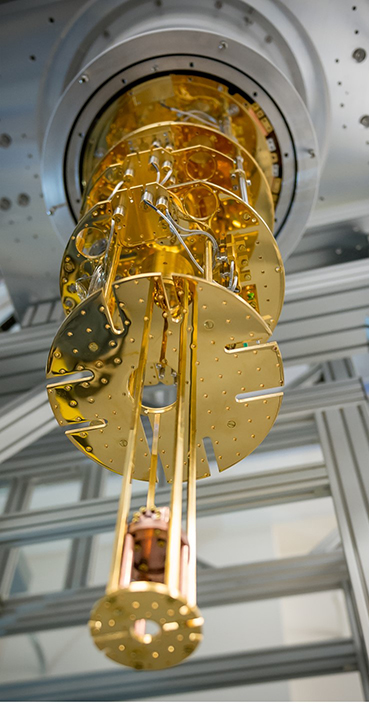| Techniques | Coherent diffraction imaging and photon correlation spectroscopy |
| Photon beam energy | 5-104 keV |
| X-ray spot size | Down to 1 μm |

Most areas of scientific research will see an enormous boost in speed and reach as a result of the APS Upgrade, but one field that will clearly gain a significant advantage is high-energy in situ research. The new Coherent High-Energy X-Ray (CHEX) feature beamline at 28-ID is expected to become a premier destination for in situ and other coherent high-energy experiments.
CHEX’s complex design entails four branches, two undulators and multiple research stations that allow scientists to run several experiments simultaneously. This is important because in-situ research experiments frequently entail complicated instruments, apparatus and chambers in order to create the complex environments and conditions being studied. The set-up and testing of these components can eat into valuable beamline time. With CHEX, researchers will be able to set up equipment for long-term, uninterrupted experiments, such as those involving the chemical vapor deposition and molecular beam epitaxy systems currently in use to make high-quality thin films, while they or others perform short-term experiments in other stations of the same beamline.
Theoretically, with its combination of dedicated and shared instruments, four of CHEX’s eight experimental stations could operate at the same time.
High-energy experiments are ideal for studying synthesis processes and these studies are best done in situ. Such experiments have been done in high-energy research for decades. However, powerful new coherent scattering techniques for looking at materials, such as X-ray photon correlation spectroscopy (XPCS) and coherent diffraction imaging (CDI), are changing what scientists believe is possible to see.
With the coherence and brightness of the upgraded APS and the sophisticated design of CHEX enhancing use of these new techniques, scientists anticipate they will dramatically improve fundamental understanding of synthesis processes relevant to qubits, electrochemistry, batteries, fuel cells and more.
Those racing to find the best materials to make quantum computing a reality will be eager to use CHEX. One of the fundamental things needed for widespread quantum computing is an energy efficient, stable qubit (a computer bit possessing quantum mechanical properties) that can be mass produced. A strong candidate for making qubits is the commercially available crystal known as silicon carbide, which is challenging to grow and hard to control. CHEX will allow scientists to peer inside its environment as it grows, to further understand the evolution of its atoms.
Numerous other scientific endeavors, including the study of battery storage, fuel cells and other electrochemical processes, will benefit from the enhanced capabilities available at CHEX.

BEAMINE CONTACTS:
Matt Highland, [email protected]
Zhan Zhang, [email protected]
Hua Zhou, [email protected]
Hawoong Hong, [email protected]
